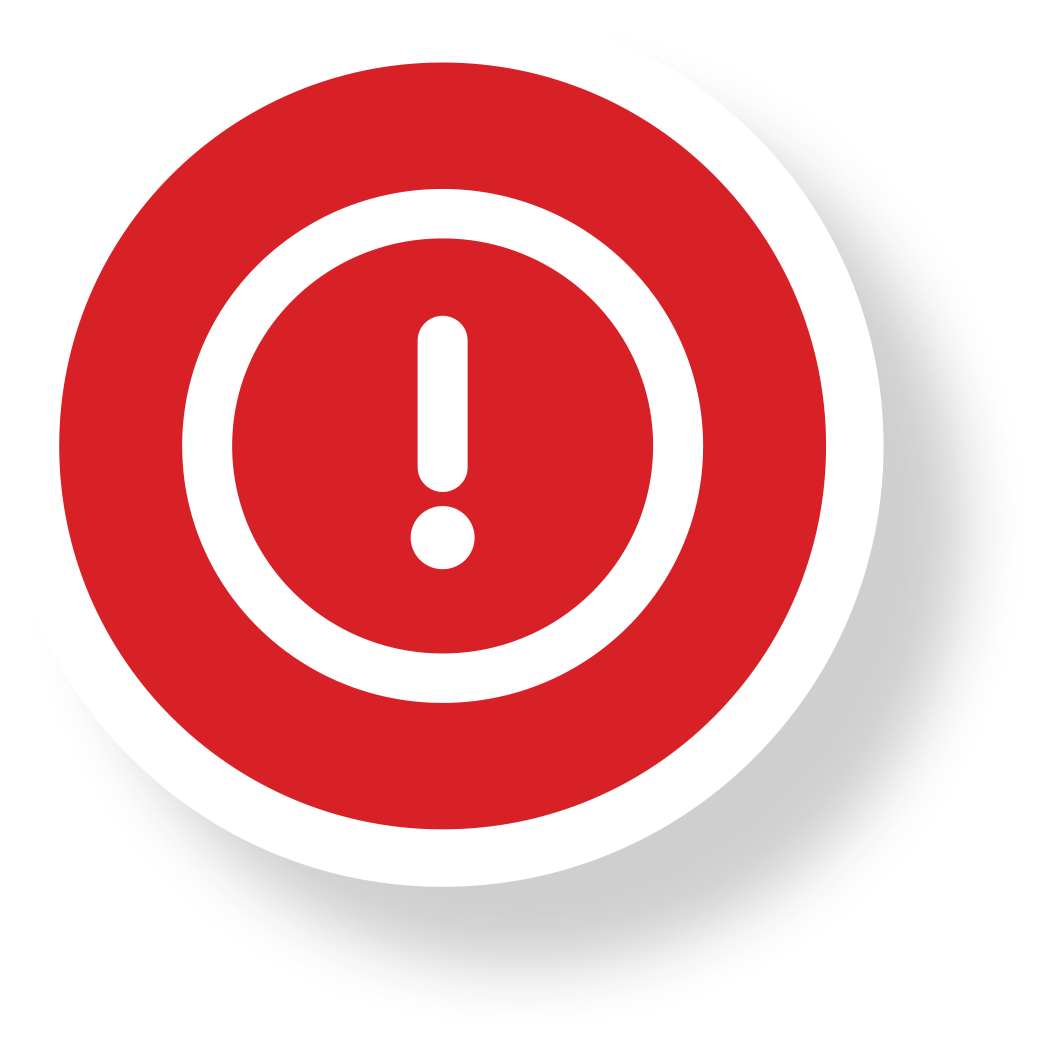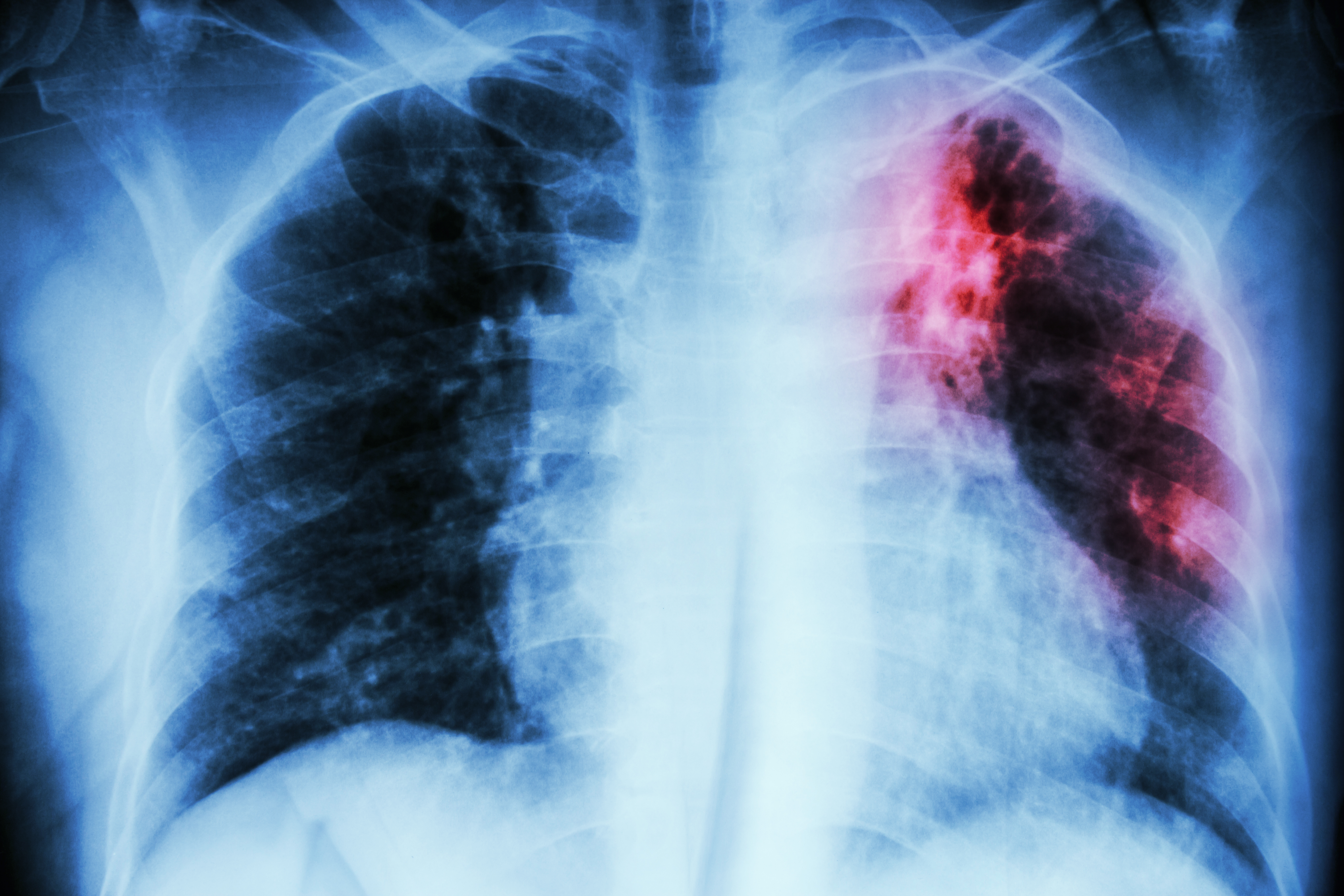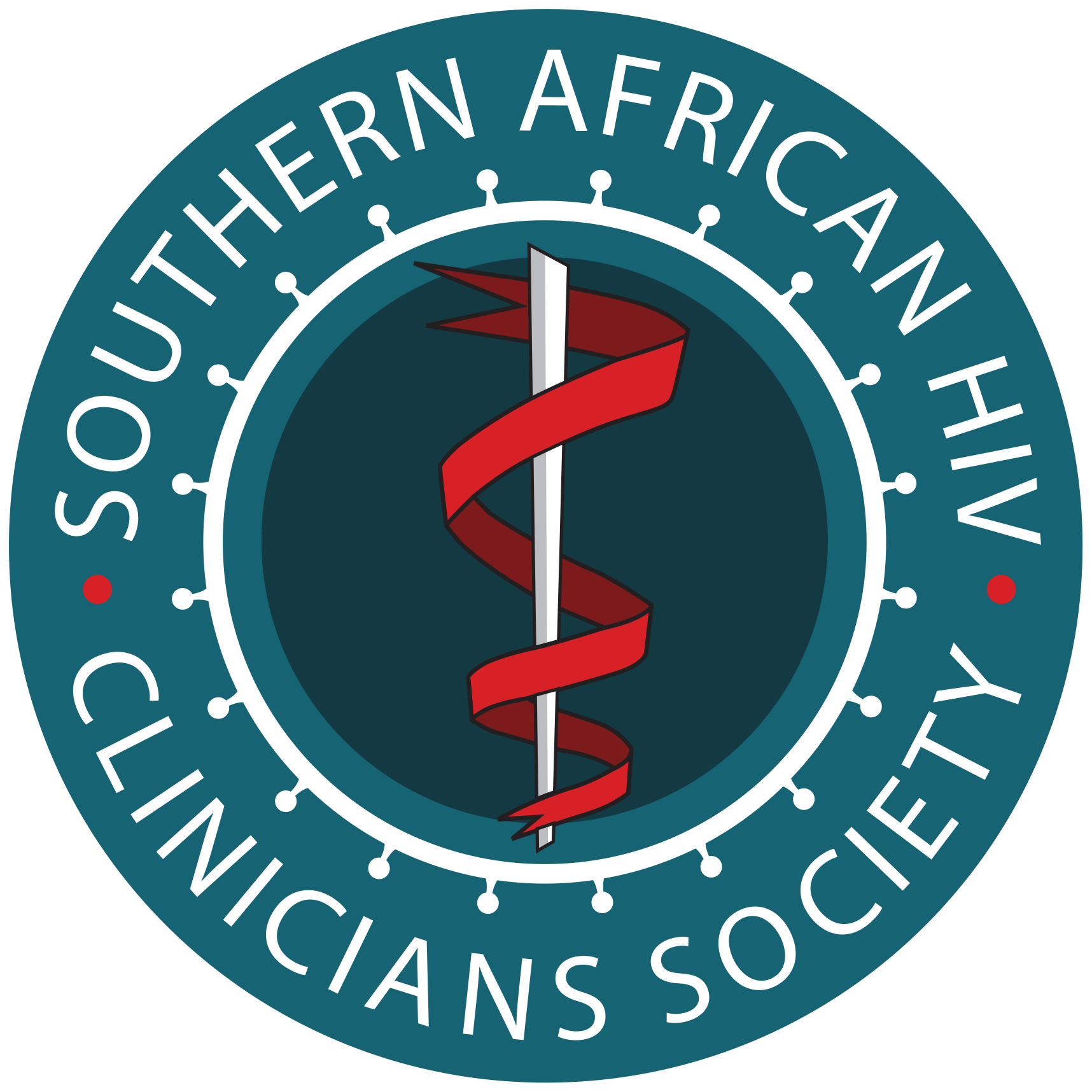ART Guidelines
References

 Key points
Key points - Approximately 10–20% of patients who start ART with advanced immunosuppression experience immune reconstitution inflammatory syndrome (IRIS) in the first few months of treatment.
- Two forms of IRIS have been recognised, namely unmasking and paradoxical IRIS.
- IRIS is most frequently described in association with tuberculosis (TB) and cryptococcal meningitis (CM).
- InSTIs are not associated with an increased risk for TB-IRIS in clinical trials.
- Early ART initiation (defined as 1–4 weeks after anti-tuberculous therapy) doubles the risk of TB-IRIS compared with late ART initiation (defined as 8–12 weeks after anti-tuberculous therapy), but ART should not be delayed for this reason.
- There is no confirmatory diagnostic test for IRIS
- In most instances, ART is continued in cases of IRIS, unless IRIS is life-threatening (e.g. neurological involvement in TB-IRIS with new focal findings or depressed level of consciousness).
- Corticosteroids have been shown to reduce morbidity and improve symptoms in paradoxical TB-IRIS.
Approximately 10–20% of patients who start ART with advanced immunosuppression experience clinical deterioration during the first few months due to IRIS. 126 Most presentations of IRIS occur within the first 3 months of ART. Two forms are recognised:
- Unmasking IRIS occurs in patients who have an unrecognised opportunistic infection (OI) when ART is initiated, and who then present with exaggerated inflammatory features of that infection during early ART due to it being ‘unmasked’ by recovering immunity.
- Paradoxical IRIS occurs in patients who are being treated for an OI when they start ART, but who develop an immune-mediated worsening or recurrence of features of that infection after starting ART.
IRIS is most frequently described in association with TB and CM. Skin conditions such as molluscum contagiosum and Kaposi’s sarcoma may also worsen due to IRIS. The diagnosis of IRIS can be difficult, mainly because there is no confirmatory diagnostic test. Diagnosis relies on recognition of the characteristic clinical presentation, ensuring that OIs are correctly diagnosed, and excluding alternative causes for deterioration, such as drug resistance (e.g. multidrugresistant TB). Case definitions for TB and cryptococcal IRIS have been published. 127, 128 It is important to ensure that the underlying OI is treated appropriately. ART should be continued unless the IRIS is life-threatening (e.g. neurological involvement in TB-IRIS with depressed level of consciousness). Corticosteroids have been shown to reduce morbidity and improve symptoms in paradoxical TB-IRIS, 129 and can be used in mycobacterial and fungal forms of IRIS when other causes of deterioration have been excluded, and particularly when IRIS features are severe.
For paradoxical TB-IRIS, prednisone can be commenced at a dose of 1.5 mg/kg/day and weaned over 4 weeks, but a longer course may be required if symptoms recur on weaning. 130 Steroids should not be used in patients with Kaposi’s sarcoma, as administration may be associated with worsening of disease and increased risk of mortality.

- Using steroids in patients with Kaposi’s sarcoma, herpes infections and active hepatitis B.
- Not counselling patients with advanced HIV disease about the potential for IRIS when initiating ART.
 Key points
Key points - Patients with active TB and who are improving on TB therapy with a CD4+ count ≤ 100 cells/µl, upon starting ART can be initiated on prednisone 40 mg daily for 14 days followed by 20 mg daily for 14 days to prevent paradoxical TB-IRIS.
- The use of prednisone in this context is not associated with excess risk of severe infections, cancers or adverse events.
The use of prophylactic prednisone for the prevention of paradoxical TB-associated IRIS in adults with a CD4+ count ≤ 100 cells/µl has been shown in a randomised trial to be associated with a 30% lower relative incidence of TB-IRIS. 131 Importantly, this did not cause an excess risk of severe infections or cancers. The recommended prednisone regimen is 40 mg daily for 14 days, followed by 20 mg daily for 14 days, and the prednisone should be started concurrently with ART. However, certain patient groups should be excluded from receiving prednisone, including patients with Kaposi’s sarcoma and patients with RIF-resistant TB, or whose TB has not improved prior to starting ART.

Common pitfall: Using prophylactic prednisone in patients who are not improving on TB therapy.Common pitfalls: Refer these patients to an HIV-expert for a full assessment and management.

